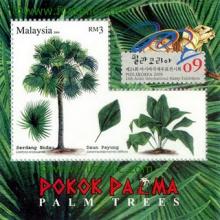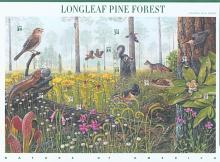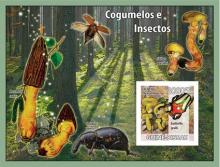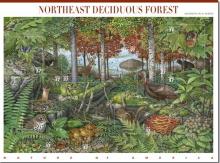Imidacloprid is used in the United States to eradicate the Asian longhorned beetle
The Asian longhorned beetle’s (ALB) recent introduction to the United States is a serious threat to hardwood trees. This beetle has no known natural predator in the United States and the potential to cause more damage than Dutch elm disease, chestnut blight, and gypsy moths combined, destroying millions of acres of America’s treasured hardwoods, including national forests and backyard trees. Recently the insecticide Imidacloprid has presented good results in field applications and is increasingly being used in conjunction with other methods to protect trees and eradicate the pest. The citrus longhorned beetle (CLB), a very close relative of ALB, is a severe pest of citrus, but it also attacks most of the same tree species attacked by ALB. Unlike ALB, however, CLB typically attacks its host in the lower 0.5 metres of the trunk, around the root collar and on exposed roots. Therefore, CLB quickly girdles and kills its hosts. While CLB is also native to Asia (e.g. China, Japan), it has been intercepted twice in the USA (once on bonsai) and in a number of locations in Europe. More alarming are the new CLB infestations found in the Netherlands in 2007 and in Germany in 2008. Furthermore, the first CLB infestation found in Europe, specifically in northern Italy, has continued to expand in the past few years.









